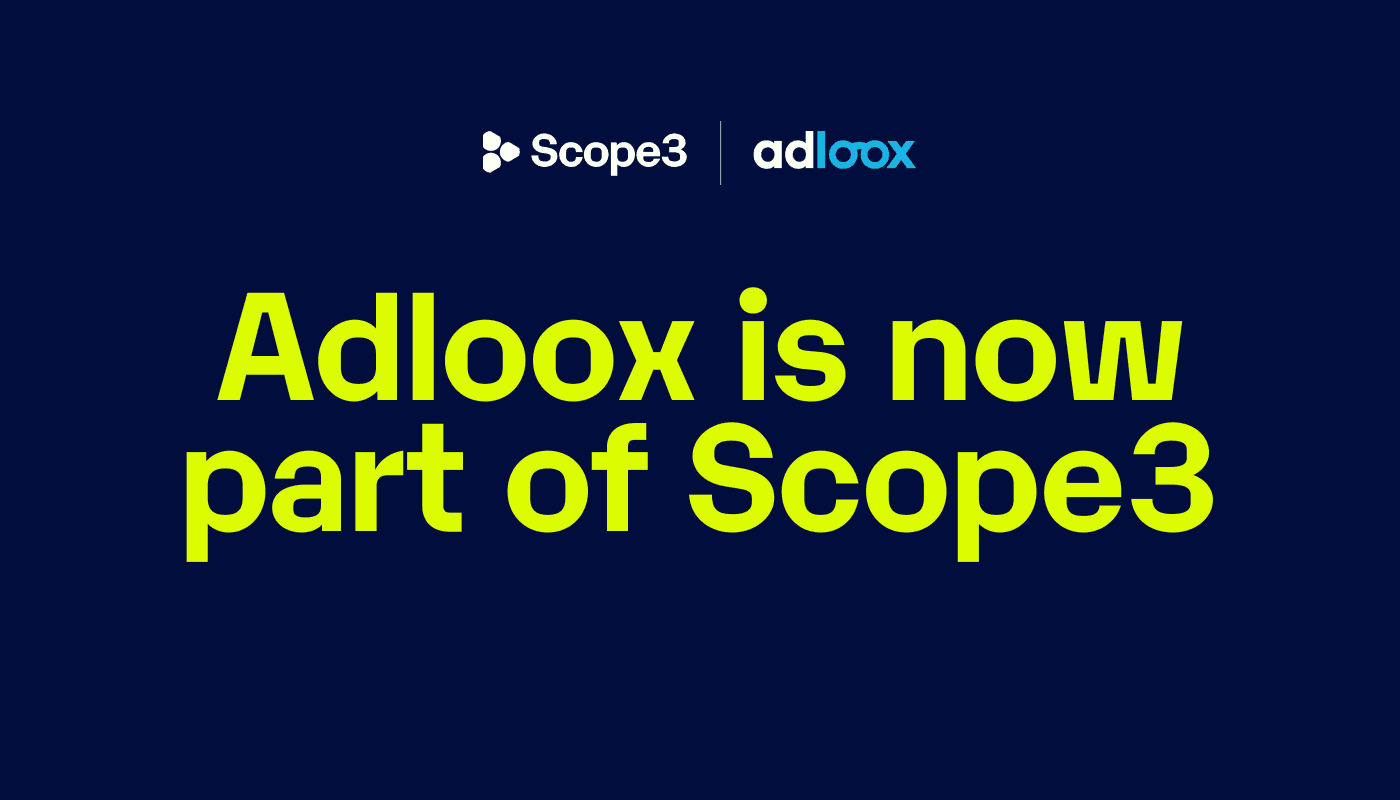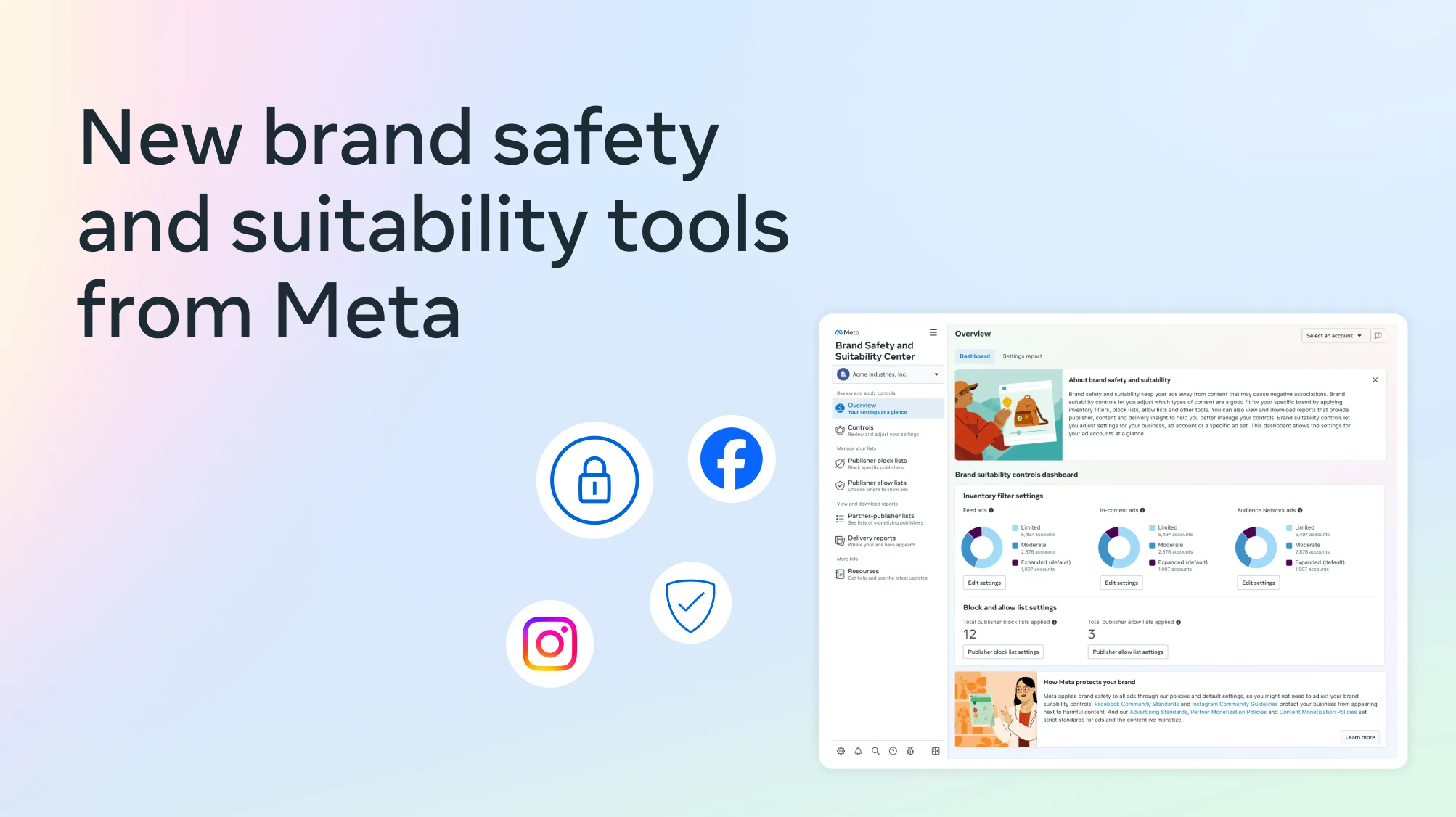Insights, Attention
May 2, 2023
More and more advertisers are turning to attention metrics to create incentives and better understand the ROI of their media and advertising investments. But the adoption of this new practice by the industry is totally haphazard. The anarchic development of attention measurement still prevents advertisers from measuring the quality of their digital placement on a large scale and from making attention a real alternative or a complement to the viewability measurement. Adloox invites you to take stock of the existing methods, their advantages and disadvantages and our vision to make attention a key KPI for the sector.
Situation
So far, the development of Attention as a new advertising KPI has been at an uneven pace, with new methods that are innovative but still untested on a large scale. Some studies come out with very limited scopes and missing key media platforms, like in-app or video. Moreover, knowing the level of complexity induced by an effective viewability measurement, on all formats and environments, it becomes difficult for advertisers to judge the reliability of new players who claim to go much further, without explanations, and with tools not verified by a third party, such as the Media Rating Council (MRC) working with audit firms. In addition, to these new models are added sampling overlays based on laboratory tests only, with the addition of a definition of attention that varies greatly depending on the measurement providers. And without reprocessing invalid and robotic traffic… These elements put off many advertisers in their choice of attention measurement tool.
Existing solutions
While the industry does not have a common definition of attention yet, two clear methodologies coexist:
The deterministic methods, with more demanding criteria than market standards, such as the use of active time-in-view, interaction time with creation, scrolling speed, etc.
The probabilistic methods, whose model has been tested on specific and limited panels of users: tracking eye movements or “facial coding” for example, which consists of analyzing the expressions of the user.
As there is no common definition, multiple players are positioning themselves in this niche, each advocating their own attention score, and sometimes even offering to buy their own traffic or private marketplace (PMP), obviously responding to the criteria that they themselves have established, which can seem somewhat misleading, or at least debatable according to some advertisers.
Our standpoint
By following standards accredited by institutions like the MRC or the IAB guidelines for media measurement, the industry brings transparency and fairness to advertisers and protects brands and agencies in their media purchases. Since the implementation of the Making measurement make mense (3MS) program by the IAB, from 2013 to 2019, and the generalization of standards around advertising impression – such as that on viewability, which consists in decreeing as visible an ad if 50% of the pixels are in the visible part of a browser for at least one continuous second (and two for video) - advertisers' expectations for the quality and reliability of results have only increased.
This pattern must be repeated for attention: the market must continue to personalize existing and proven indicators, in order to obtain an attention score in line with their strategy and their definition of quality which will be recognized in a standardized manner across the industry. As for the “in-lab” solutions, they are tested on small user panels and in favorable contexts, they should enable publishers to optimize their placements and inventories and advertisers to optimize their creations. However, some advertisers have told us they have doubts about whether it is integrable on a very large scale with existing models for programmatic purchases and activation.
Advertisers and publishers are increasingly experimenting with different tools. And they do it independently of each other because their need for attention measurement is strategic. Attention measurement must be a new way to measure, optimize and reassure. Innovative probabilistic methods are intended, in the long term, to bring their own dimension to the overall measurement of attention. At Adloox, we believe that for attention to become a benchmark tool in the industry, its measurement must be built on controllable, accreditable and standardized metrics: viewability, time, interaction, quality of traffic, etc., which correspond to habits of agencies or advertisers and which are monitored by independent arbitrators.




